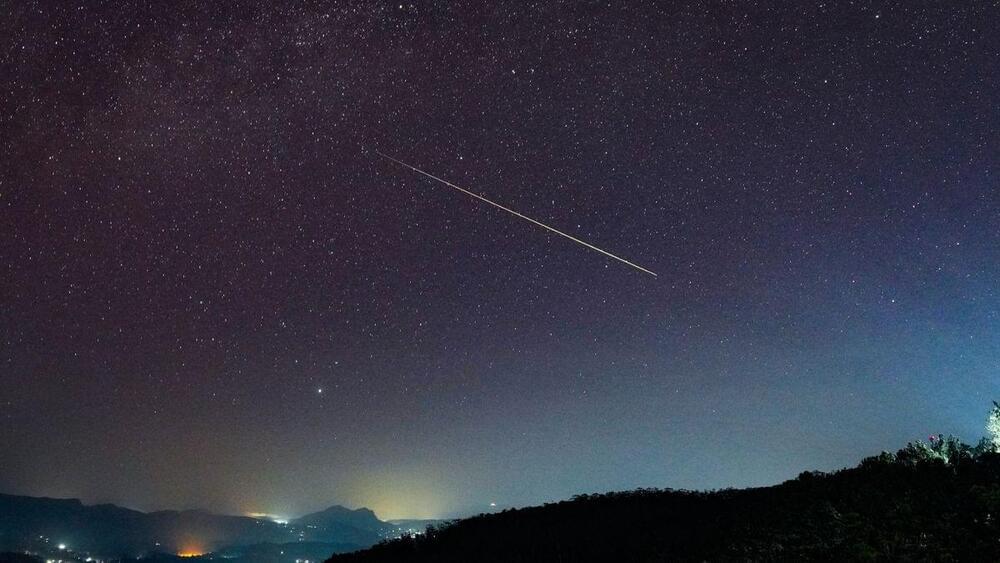A Perseid is one whose path, if traced backward across the sky, intersects a spot between the constellations Perseus and Cassiopeia. Other “sporadic” meteors traveling in random directions occur once every 5 or 10 minutes. Two much weaker showers are also active at this time of the year, the Delta Aquarids and Kappa Cygnids.
You’ll need no experience to watch the Perseids. Just find a spot with a wide-open sky view and no late-night lights nearby. Bundle up warmly (it can sometimes get chilly even on summer nights), lie back on a ground pad or in a sleeping bag or even better, on a reclining lawn chair, and watch the stars. Also cover exposed parts of your body with mosquito repellent so you won’t get bit.
Be patient, and give your eyes sufficient time to dark adapt. The direction to watch is not necessarily toward Perseus but wherever your sky is darkest, probably straight up.
